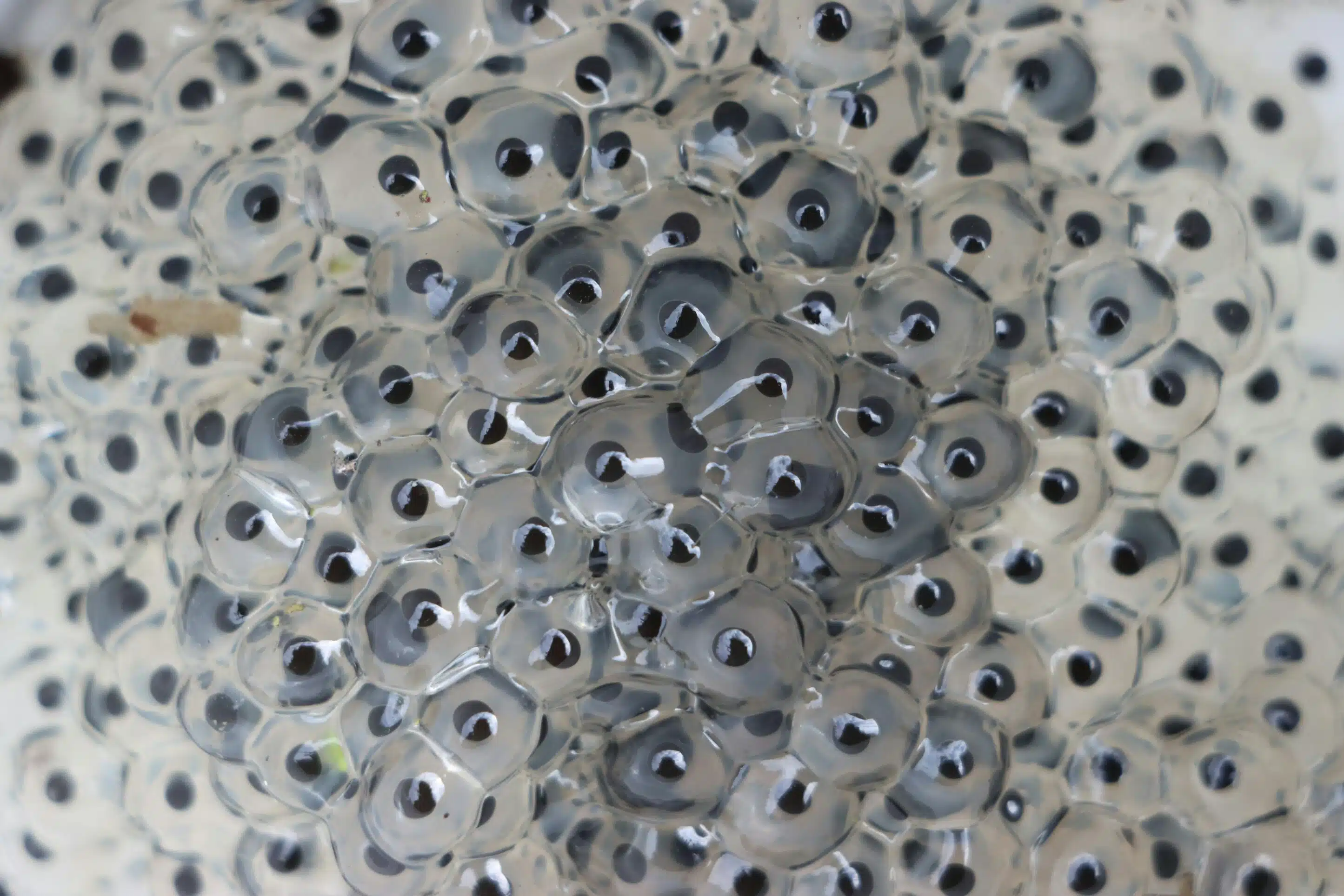Addressing concerns about the misapplication of a frog toxicity test
By Damian V. Preziosi, Managing Principal, Strategic Initiatives Director
Jen Lyndall, CERP, CSE, Senior Consultant

OUR CHALLENGE
Integral was tasked to critically review a proposed protocol for a frog embryo-larval toxicity test adapted by a regulatory agency to assess the effects of polycyclic aromatic hydrocarbons (PAHs) in sediment. The concern was that test-specific and site-specific discrepancies could render the test results irrelevant to real-world conditions, thereby limiting their use in decision-making.
OUR APPROACH
We identified key issues when reviewing the proposed protocol for its intrinsic merits and its application to the site-specific sediment. For example, the standard protocol required dissolving the gel coating protecting the embryos, which exposes them to unnatural conditions absent at the site. The protocol was originally designed for aqueous exposures, even though the proposed adapted protocol was intended to expose embryos to sediment. Scientific literature shows that embryo-larval frogs are not consistently more sensitive to PAHs than embryo-larval fish, which were also proposed for sediment testing. Finally, the presence of other contaminant classes (e.g., metals, legacy organochlorine pesticides) in the sediment could easily confound the interpretation of toxicity data attributed solely to PAHs.
OUR IMPACT
Our investigation showed that the proposed laboratory toxicity testing with sediment would not represent real–world exposures for frogs in the field. By promptly reviewing and engaging with the regulatory agency, we reached an agreement that the test results would not prevail as the primary line of evidence for decision–making.


